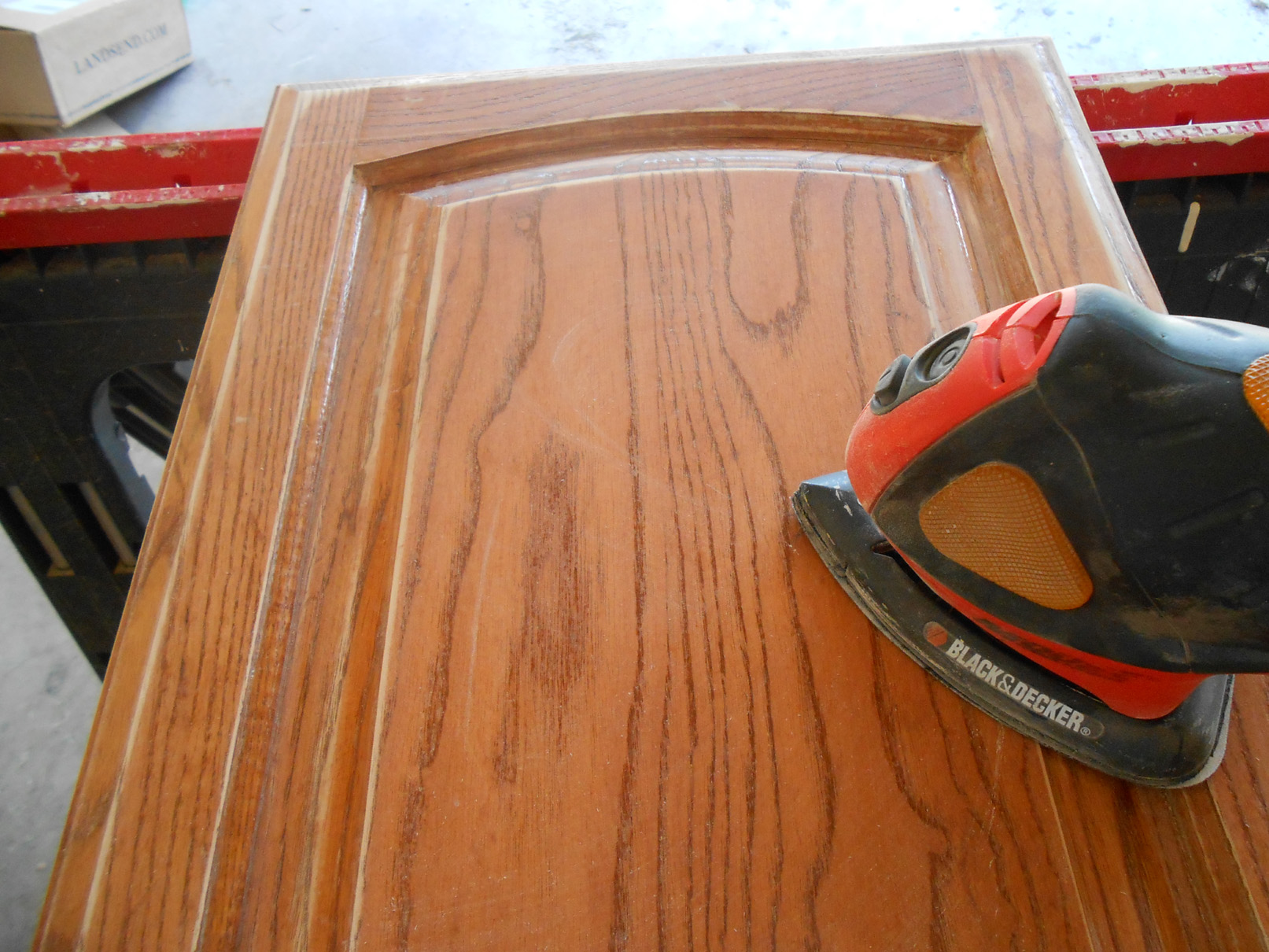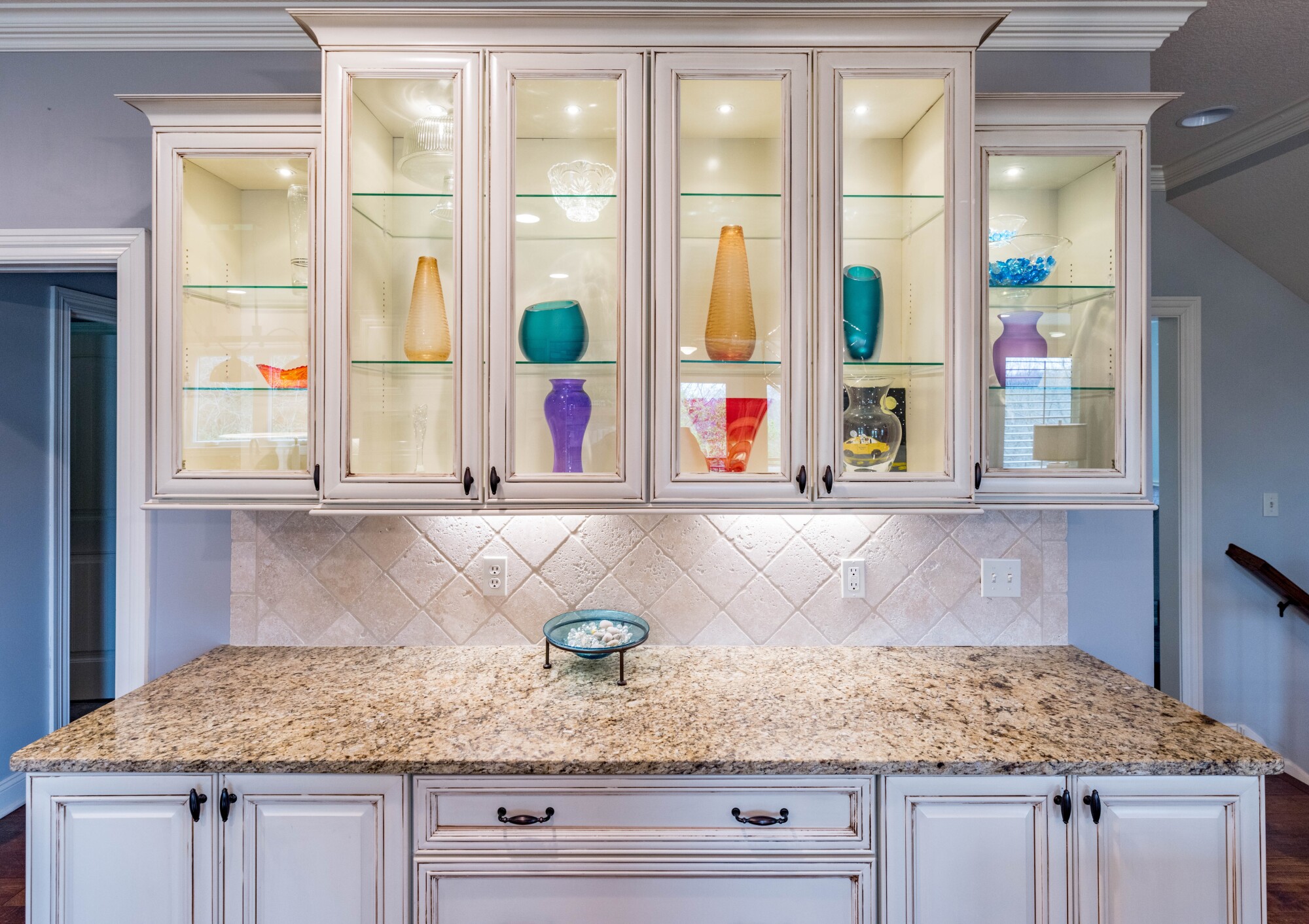Types of Sandpaper for Cabinet Doors

The art of cabinet refinishing hinges on the careful selection and application of sandpaper. Achieving a flawless, professional finish requires understanding the nuances of grit, coat type, and the interplay between sandpaper and the cabinet’s material. Choosing the right sandpaper is crucial for not only the final aesthetic but also the longevity and durability of the refinished doors.
Sandpaper Grit and Material Suitability, Sandpaper for cabinet doors
The grit of sandpaper, a measure of its coarseness, is paramount in determining its effectiveness. Lower grit numbers indicate coarser paper, ideal for initial sanding and removing significant imperfections. Higher grit numbers signify finer paper, perfect for smoothing and achieving a polished finish. The choice of grit also depends heavily on the material of the cabinet doors. Harder woods may tolerate coarser grits initially, while softer woods or delicate laminates require a gentler approach.
| Grit | Description | Suitable Materials | Application |
|---|---|---|---|
| 40-60 (Coarse) | Aggressive removal of material; significant imperfections. | Solid wood (initial sanding), stripping old finishes. | Leveling uneven surfaces, removing old paint or varnish. |
| 80-120 (Medium) | Smoothing surfaces; removing scratches from coarser grits. | Solid wood, laminate (with caution). | Removing sanding marks from coarser grits, preparing for finer sanding. |
| 150-220 (Fine) | Creating a smooth surface; preparing for finishing. | Solid wood, laminate, veneer. | Final sanding before applying stain or paint; achieving a smooth finish. |
| 320-400 (Very Fine) | Ultra-smooth finish; preparing for high-gloss finishes. | Solid wood, high-quality laminate. | Polishing surfaces before applying clear coat; achieving an exceptionally smooth finish. |
Open-Coat vs. Closed-Coat Sandpaper
Open-coat sandpaper features widely spaced abrasive grains, allowing for better dust extraction and preventing clogging. This makes it ideal for initial sanding and working with materials that produce significant dust, such as solid wood. Closed-coat sandpaper, with its closely packed grains, offers a finer, more uniform sanding action. It’s particularly suited for final sanding and achieving a very smooth finish, especially on delicate materials like laminate. The choice between open and closed-coat depends on the stage of sanding and the desired final outcome.
Sandpaper Selection for Desired Finish
The desired finish – be it smooth, matte, or glossy – significantly influences sandpaper selection. For a matte finish, a slightly coarser grit (around 150-180) may be used for a more textured look. For a smooth finish, finer grits (220 and above) are essential. Achieving a high-gloss finish demands the utmost care, using progressively finer grits (up to 400 or even higher) to create an exceptionally smooth surface that allows for a flawless, reflective finish. The transition from coarser to finer grits should be gradual and systematic to avoid introducing new imperfections.
Sanding Techniques for Cabinet Doors: Sandpaper For Cabinet Doors

The gentle caress of sandpaper, a transformative dance between grit and grain, unveils the hidden beauty within your cabinet doors. This process, though seemingly simple, requires a delicate touch and precise technique to achieve a flawlessly smooth surface, ready to receive its final, glorious coat. Mastering the art of sanding will elevate your project from amateur to artisan.
Sandpaper for cabinet doors – Sanding cabinet doors is a multi-stage process demanding patience and attention to detail. Proper preparation and technique are paramount to achieving a professional-looking finish, free from imperfections and ready for the next stage of your project. The following steps will guide you through this crucial phase, transforming your cabinet doors from rough to refined.
Surface Preparation
Before the rhythmic dance of sandpaper begins, the stage must be set. A clean, dust-free surface is essential for even sanding and a superior finish. Begin by removing any existing finishes, using appropriate strippers or sanding methods as necessary. Wipe the surface clean with a tack cloth to remove all traces of dust and debris. This meticulous preparation ensures that your sanding efforts are focused on the wood itself, not battling remnants of previous finishes.
Sanding Methods
The choice between hand sanding and power sanding depends on your preference, the scale of your project, and the desired level of detail. Both methods have their advantages and disadvantages, contributing to a unique and nuanced approach to achieving the perfect finish.
- Hand Sanding: This method offers unparalleled control and precision, ideal for intricate details and smaller projects. The gentle pressure and deliberate movements allow for a nuanced approach, preventing over-sanding and achieving a smooth, even surface. Visualize the slow, deliberate back-and-forth motion, the sandpaper conforming to the contours of the wood.
- Power Sanding: For larger projects, power sanders offer efficiency and speed. Random orbital sanders are particularly well-suited for cabinet doors, minimizing swirl marks and ensuring a uniform finish. However, care must be taken to avoid over-sanding, especially on delicate edges and corners. Imagine the sander’s gentle, rotating motion, a controlled whirlwind polishing the surface.
Sanding Direction and Grit Progression
The direction of your sanding strokes and the progression of sandpaper grit are critical to achieving a flawless finish. The proper sequence ensures a smooth, even surface free from scratches and imperfections.
- Start with a coarser grit (e.g., 80-grit) to remove imperfections and level the surface. Sand with the grain of the wood, using long, even strokes.
- Gradually progress to finer grits (e.g., 120-grit, then 180-grit, and so on), each step refining the surface further. Continue sanding with the grain.
- Finish with a very fine grit (e.g., 220-grit or higher) for an exceptionally smooth surface. This final pass prepares the wood for staining or painting.
Sanding Edges and Corners
Sanding edges and corners requires a more delicate touch and specialized techniques to avoid rounding them excessively or creating uneven surfaces. A block of wood wrapped in sandpaper, or a specialized edge sander, can provide greater control and precision in these areas.
Imagine carefully wrapping sandpaper around a small, appropriately sized block of wood. The block provides a firm, even surface to support the sandpaper, preventing uneven pressure and ensuring smooth sanding along edges and into corners. Gentle, controlled movements are key; avoid excessive pressure that could round the edges.
Common Sanding Mistakes and Their Avoidance
Several common mistakes can mar an otherwise perfect sanding job. Understanding these pitfalls and implementing preventative measures ensures a professional finish.
- Over-sanding: This leads to uneven surfaces and can thin the wood excessively. Avoid by using progressively finer grits and taking frequent breaks to check your progress.
- Sanding against the grain: This creates visible scratches that are difficult to remove. Always sand with the grain of the wood.
- Uneven pressure: This results in an uneven finish. Maintain consistent, even pressure throughout the sanding process.
- Using the wrong grit: Starting with too fine a grit will be inefficient; starting with too coarse a grit can cause excessive damage. Follow the recommended grit progression.
Finishing Cabinet Doors After Sanding

The final flourish of cabinet door refinishing lies in the application of the chosen finish. A meticulous sanding process prepares the surface for a flawless, long-lasting result, but the choice of finish and its application method significantly impact the final aesthetic and durability. The interplay between sandpaper grit and the chosen finish is a delicate dance, one that determines the ultimate beauty and resilience of your cabinetry.
The selection of the finish itself is a crucial step. Each option offers unique characteristics, influencing both the visual appeal and the protective layer provided. The careful consideration of these attributes ensures a result that harmonizes with the overall design and functional needs of the cabinets.
Paint Finishes for Cabinet Doors
Paint provides a robust, opaque finish, ideal for concealing imperfections or drastically altering the color of the cabinet doors. The smoothness achieved through sanding directly influences the paint’s application and final appearance. Finer grits, like 220 or higher, create a surface that allows the paint to flow evenly, minimizing brush strokes and imperfections. Conversely, coarser grits might result in a less-smooth finish, requiring more coats of paint to achieve a flawless look. Different paint types, such as latex or oil-based, will also react differently to the sanded surface, with oil-based paints often requiring a slightly less refined sanding than latex paints. A properly prepared surface, however, is paramount to successful painting, regardless of the paint type.
Stain Finishes for Cabinet Doors
Stain penetrates the wood’s surface, enhancing its natural grain and color. Unlike paint, stain requires a very smooth surface for even absorption. Using progressively finer grits of sandpaper, ending with at least 220 grit, ensures a consistent application of the stain, preventing blotchiness or uneven color distribution. The final grit selected impacts the depth and richness of the stain, with finer grits allowing for a more subtle and even tone. Pre-stain conditioners can further improve the stain’s uptake, especially on porous wood species. After staining, a topcoat, such as varnish or polyurethane, is necessary to protect the stained wood and enhance its durability.
Varnish and Polyurethane Finishes for Cabinet Doors
Varnish and polyurethane provide a clear, protective coating that enhances the wood’s natural beauty or protects painted surfaces. Similar to stain, these finishes require a meticulously sanded surface for a flawless application. A smooth surface ensures a clear, even coat, minimizing imperfections or brush marks. Finer grits, again, are crucial, with at least 220 grit recommended. Using a finer grit can create a truly glass-like, reflective finish. The application method, whether brushed, sprayed, or rolled, influences the final outcome; spraying often produces the smoothest finish. Multiple thin coats are generally preferred over fewer thick coats to avoid runs or drips and to build up a durable protective layer.
Application Methods and Surface Interaction
The method of applying the finish directly interacts with the sanded surface. Spraying, while providing a very smooth finish, requires a flawlessly smooth surface prepared with fine sandpaper grits. Brushing requires a bit more tolerance for minor imperfections, but still benefits from a fine sanding. Rolling is generally less precise and is best suited for larger surfaces and may not produce the same level of smoothness. The interaction between the application method and the sanded surface is vital in achieving a professional-looking finish.
